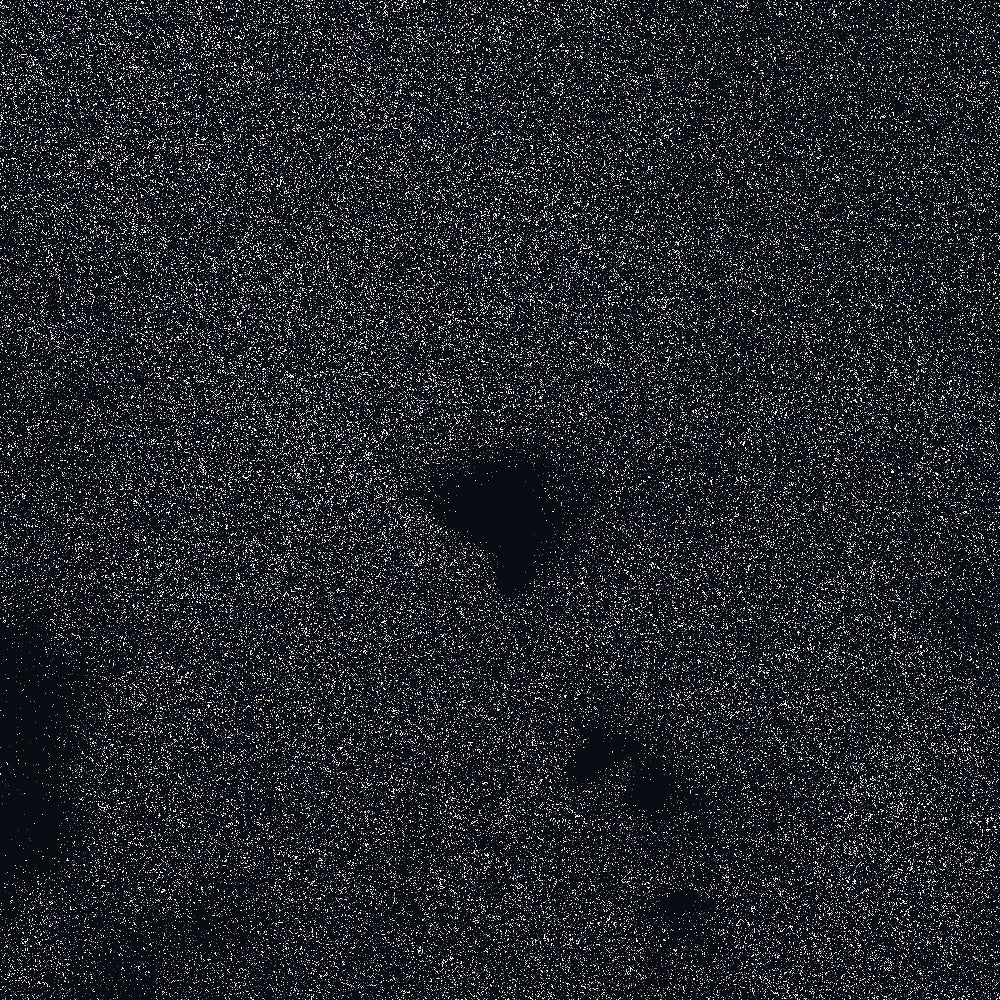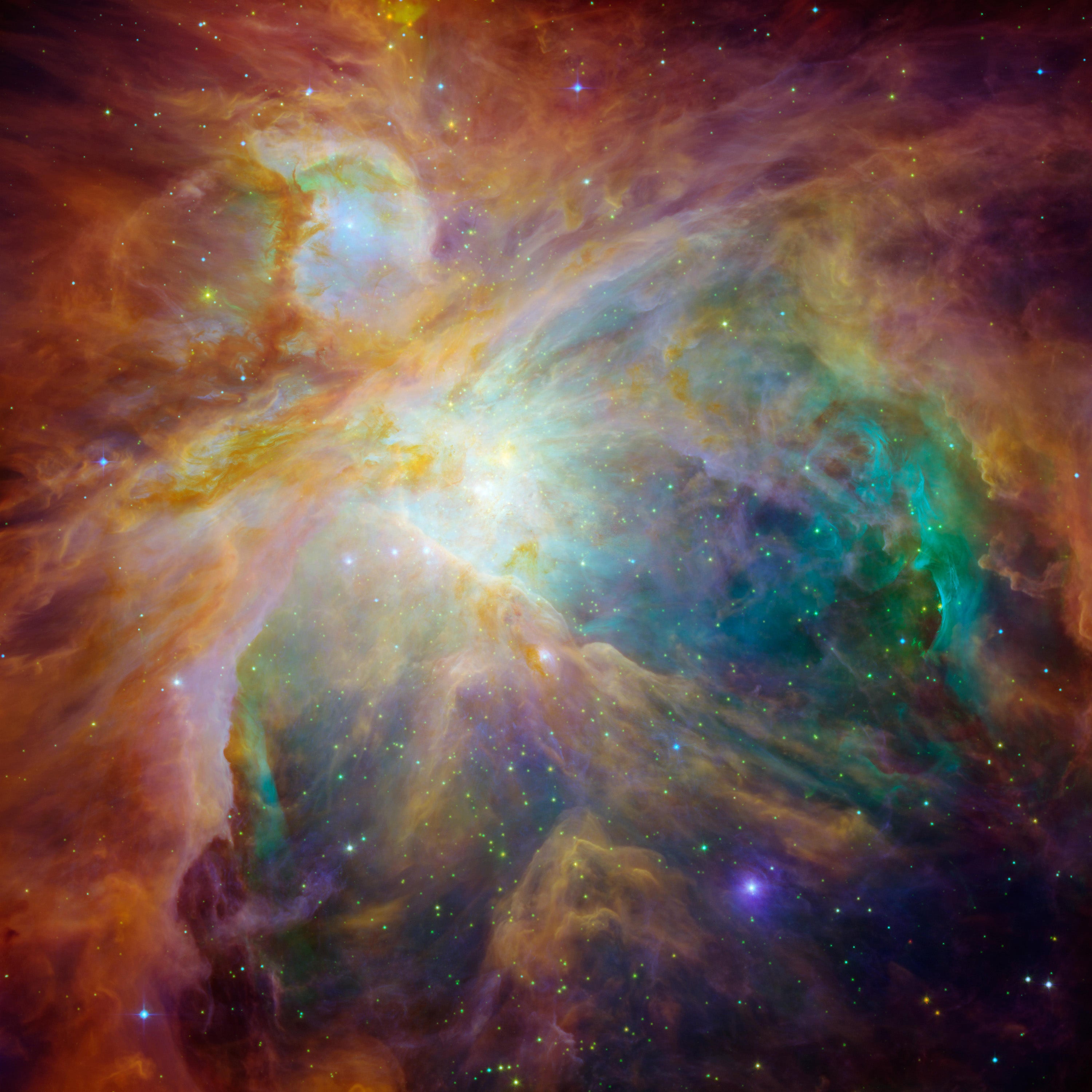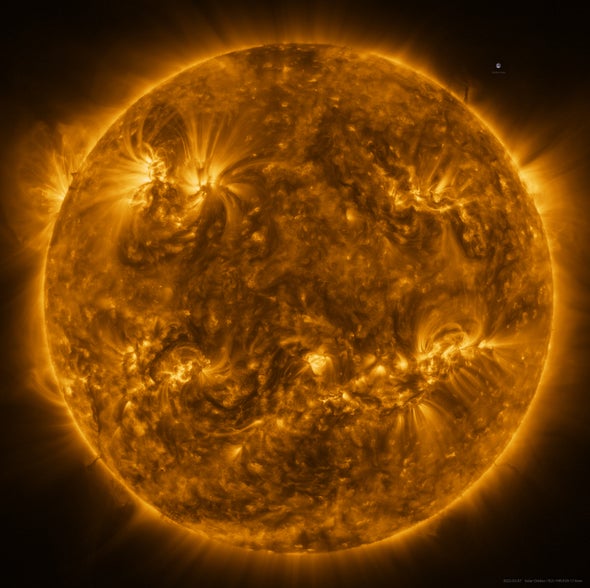Is the sun an only child? Or was it born into a (very, very) big family?
The answer tells us more than just how awkward holiday family reunions can be (if you think yours are bad, imagine how much worse it would be with a few thousand sibling rivals). After all, the sun’s origin story is, ultimately, our own. We’ve seen huge leaps in our understanding of how stars form, but, ironically, we still have some pretty fundamental questions left about our nearest, dearest one. Such as, whether the sun was born solo or along with a huge passel of other stars.
Despite the sun being close enough that we can almost touch it, the biggest problem with discovering its origin story is that it’s old. Born 4.6 billion years ago, our star is well into middle age and has wandered far from its ancestral home—some nameless, now-vanished “stellar nursery” of gas that long ago dispersed or consolidated into stars.
We can’t find that nursery, but we can still learn about it. We have some evidence of it, perhaps surprisingly, in the form of meteorites, some of which still carry clues about the gestational environment around them during the birth of the solar system. For example, isotopes of elements like potassium inside meteorites have told us where in the presolar nebula they formed, and variations between meteorites can be used to help determine the nebula’s conditions well before the emergence of any planets.
With data from meteorites in hand and aided by state-of-the-art computer simulations, an international team of astronomers investigated the likely natal environment of the sun and recently published its results in the Monthly Notices of the Royal Astronomical Society. Using a clever line of reasoning, their research suggests the sun not only had many siblings but spawned in quite a metropolitan neighborhood.
Stars are born in cosmic clouds called nebulae, forming when their interiors collapse onto a central pilelike point that becomes the nascent star. Nebulae come in many shapes and sizes, from small dark globules to immense giant molecular clouds. How a star forms in any given nebula is much more a story of nature than of nurture.

For example, the nearby nebula Barnard 68 is a dark clot of cold gas and dust—tiny grains of silicates (rocky material) and complex carbon molecules similar to soot—relatively close to us in space, only a few hundred light-years away. It’s one of my favorite objects; an eerie, pitch-black ghostly mass that utterly blocks all light from stars behind it, like an opaque hole in the sky.
It’s only half a light-year across (just about three trillion miles), with barely enough material in it to make a single star slightly heftier than the sun. It’s likely in the middle of that process now, and could transmogrify itself into a star in as little as 200,000 years.
On the other end of the scale, we have the Orion B molecular cloud complex, a truly enormous site of active star formation that’s over a thousand light-years away and many hundreds of light-years across. It’s beefy enough to make a staggering number of stars—at least 100,000 like the sun. The iconic Orion nebula, visible to the naked eye and the birthplace of hundreds of stars, is only one small part of this huge stellar factory.

Giant clouds like this are relatively rare but crank out stars on an industrial scale, while the smaller clouds are less fecund but litter the galaxy. Just looking at those numbers statistically it’s not possible to discern the origin of the sun: it could have come from either kind of stellar nursery.
However, these nebular environments are vastly different, which affects the stars they create. Massive stars found in a nebula have a big influence on their gestating siblings. They can blast out fierce winds of subatomic particles—like the solar wind but ramped up way past 11. These winds can seed forming stars with heavy elements like aluminum and magnesium. And later, when they explode as supernovae, they fling a different mix of these elements, such as iron and cobalt, a very long way.
Massive stars, though, are rare. Maybe one out of a hundred stars is massive enough to hold this sort of sway, and small nebulae simply don’t make them. That means, in principle, looking at the chemical composition of the early solar system could tell us in what kind of nursery the sun was born.
This was the focus of the newly published research. The astronomers looked at two elements in particular: aluminum-26 and iron-60. Aluminum-26 is created inside massive stars and blown out in their winds, while iron-60 is forged in the thermonuclear hell of an exploding star. Both elements are radioactive, decaying into magnesium and cobalt, so carefully measuring the amounts of these daughter elements in pristine samples from the earliest days of the solar system—from meteorites, that is—can tell us about the environment in which the sun formed.
For their new analysis, the international team of scientists used the physics of nebulae and star formation to simulate a sunlike star’s birth in a variety of environments, from nebulae containing very few stars (a proxy for smaller clouds) up to huge ones with many thousands. Next, they calculated the elemental composition of the proto-proxy-presolar disk that emerged in each one, then compared these virtual yields against what’s actually measured in meteorites.
Their results indicate that as it formed in its natal disk, the early sun was likely pummeled by powerful winds and supernovae explosions—both sourced from massive stars. That means the solar nursery was more like the Orion complex than Barnard 68.
In other words, the sun was probably more of a downtown city kid than a rural small-town star. Of course, with its nebular nursery gone, we can’t confirm this easily. After all, you can’t go home again.
And what of the sun’s siblings, the thousands of other stars in its extended family? Like the sun, they once nestled together like a litter of puppies, but likely wandered out on their own eons ago, and are now orphaned, scattered across the galaxy. Still, astronomers do look for them—ones with the same age and composition as the sun—so that we can learn more about our parent star.
A reunion is pretty unlikely. If we want to see a family album, we’ll just have to put it together ourselves.
This is an opinion and analysis article, and the views expressed by the author or authors are not necessarily those of Scientific American.


